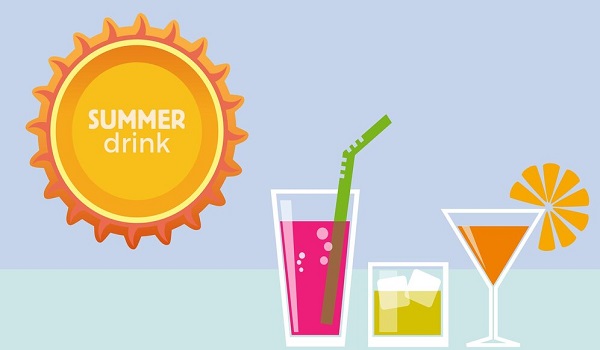With scorching summer temperatures and rising inflation squeezing Indian households, fast-moving consumer goods (FMCG) companies are locked in an intense race to dominate the Rs. 10 price-point segment. From new product launches to expanded distribution, brands pull out all the stops to win over budget-conscious consumers.
Reliance’s bold relaunch of Campa Cola at Rs. 10 has ignited a pricing showdown, pushing legacy players to recalibrate their strategies. Rasna has countered with a Rs. 10 fruit drink concentrate sachet that makes three glasses, targeting affordability for lower-middle-class families. “Our goal is to offer a cost-effective alternative to pricier brands,” said Piruz Khambatta, Rasna’s chairman.
Mother Dairy is riding the wave with Rs. 10 mango lassi and pudina chaach packs, reporting a 30-40% surge in beverage, ice cream, and curd sales compared to last year. “The early summer has driven unprecedented demand,” said Managing Director Manish Bandlish. Meanwhile, Dabur is banking on its Rs. 10 juice portfolio to boost market share, with marketing head Monisha Prasher noting, “This price point is the sweet spot for out-of-home consumption, offering value that competes with aerated drinks.”
PepsiCo has joined the fray, testing a no-sugar beverage at Rs. 10 in Hyderabad, while Amul’s new Tru dairy-based fruit drink, priced at Rs. 10 for 150 ml, is gaining traction. Even Coca-Cola is doubling down, with global CFO John Murphy recently emphasizing the “strategic magic” of the Rs. 10 price tag in India’s elastic market.
The push for Rs. 10 packs comes as middle-class households tighten discretionary spending amid persistent inflation. “Companies are focusing on smaller packs to drive purchase frequency and stay competitive, especially post-Campa’s relaunch,” said Karan Taurani, senior vice president at Elara Capital.
As the summer unfolds, the Rs 10 segment is proving to be the hottest battleground for FMCG giants, with affordability and innovation at the heart of their strategies.


